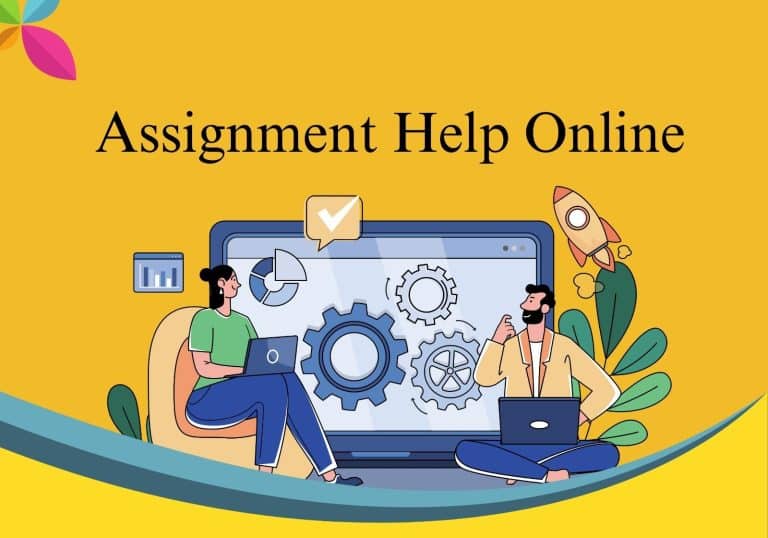Very effective communication is the secret of a good development team. In these days of software development, where each second counts and everything is not only about rapidity but also efficiency, simple and efficient communication becomes the key to coordination.
On the flip side, successfully communicating within development groups sometimes requires more effort, particularly as they get bigger and geographically spread out.
At the same time, communication and collaboration are crucial. If you want to learn more about communicating at work, communication in software development, and how to improve team communication, you are in the right place.
Here we will explore a range of strategies and best practices aimed at enhancing teamwork communication. We will also discuss team skills you need in a dev team, but also group communication software.
Establish Clear Goals and Objectives
Clear objectives and goals deliver a roadmap for the squad, making it possible for members to be united towards common targets in mind. Set aside time to establish goals for the project upfront and make sure to communicate them accurately to all group members.
Continuously going back to these goals will help you to stay on course and achieve them. Having clear goals and objectives will make it easier for all the member teams. It will also help with software development.
Besides writing code, developers also have to draft pull request tasks. To pull request successfully, you need to have the goals and objectives well defined. A pull request is a communication tool in development. As a developer part of a squad, you often draft these pull requests to explain your work to the rest of the team.
Use Collaboration Tools
Collaboration tools are essential for modern development teams, offering centralized communication, file sharing, and task tracking. Choose tools that suit your group’s needs and encourage consistent usage across the group. Provide training and support to ensure everyone is comfortable using these tools effectively.
Regular Stand-up Meetings
Daily or weekly stand-up meetings keep the group synchronized and provide opportunities to identify and address any issues or blockers quickly. Keep these meetings short and focused by sticking to a simple agenda, such as what was done yesterday, what will be done today, and any obstacles encountered.
Encourage Open Communication
Strive for an atmosphere that will encourage staff to open up and share their ideas, problems, and suggestions. Develop an environment where all are respected and appreciated, and actively listen to everyone to make sure their contributions are being heard and understood.
Document Important Information
Documentation plays a central role in the retention of institutional knowledge, maintaining the same framework of work as well as guiding the newcomers properly. Opt for both written and oral communication, such as wikis and shared documents, to provide useful information on time.
Provide Regular Updates
The status update should be sent to the entire stakeholders group, but should be emphasized in case of delay or plan change is included. Establish a system of regular communication, for instance, weekly status reports or monthly meetings which will keep the stakeholders updated and provide them answers to all the concerns or questions they may have.
Establish Communication Channels
Mark out specific paths for different kinds of talk so you can unwind communication while avoiding information overkill. For instance, use email for formal communication, slack for asynchronous messages, and meetings for long conversations.
Promote Cross-functional Collaboration
One of the key factors for a successful project is the collaboration among different functional squads. Such collaboration results not only in knowledge sharing and innovation but also in mutual understanding of the project’s requirements and struggles. Bring close cooperation among cross-functional teams, take part in meetings and workshops, and exchange experience and knowledge.
Address Issues Promptly
Even with a group, conflict, and disagreements are bound to arise, but is the quick and timely handling of these disagreements the key to keeping their escalation from ruining the group’s morale and productivity. Facilitate open discussions and encourage active listening, and empathy in dealing with conflicts, and create a situation where you can accommodate everybody’s interests.
Celebrate Achievements
Identifying and celebrating members’ achievements, whether large or small, reinforces positivity, motivation, and team members’ connectedness. Acknowledge every contribution and the milestones that the group has accomplished through shout-outs during meetings and rewards and recognition programs or team-building activities.
Continuous Improvement
Make sure to monitor team members` reactions to the communicating processes regularly and be sure to improve these processes with the help of the squad members’ suggestions if necessary. Trial-and-error tools, or methods, and monitor their efficiency, to use their lessons for improving how teams communicate constantly.
Final Thoughts
Effective communication is the cornerstone of successful development squads, enabling them to overcome challenges, collaborate efficiently, and deliver exceptional results. In this guide, we’ve explored a variety of strategies and best practices aimed at enhancing communication within development teams.
From establishing clear goals and leveraging collaboration tools to fostering open dialogue and addressing conflicts promptly, each tip offers valuable insights for improving squad communication. By implementing these strategies, groups can streamline processes, build stronger relationships, and work together more effectively toward their common goals.










